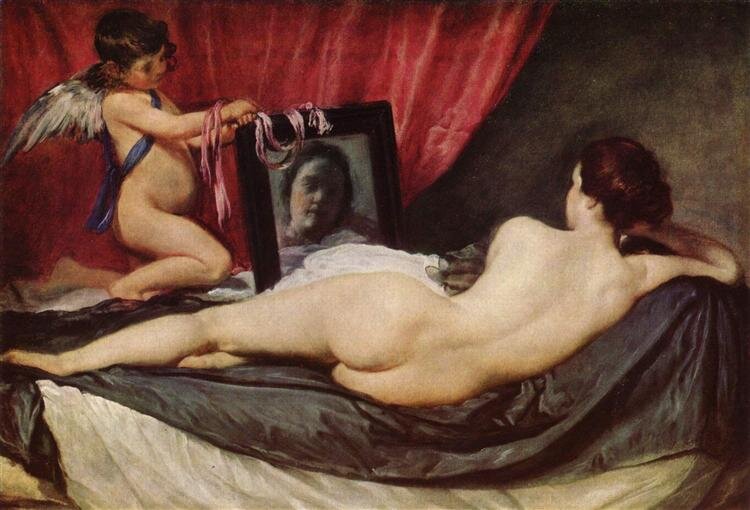
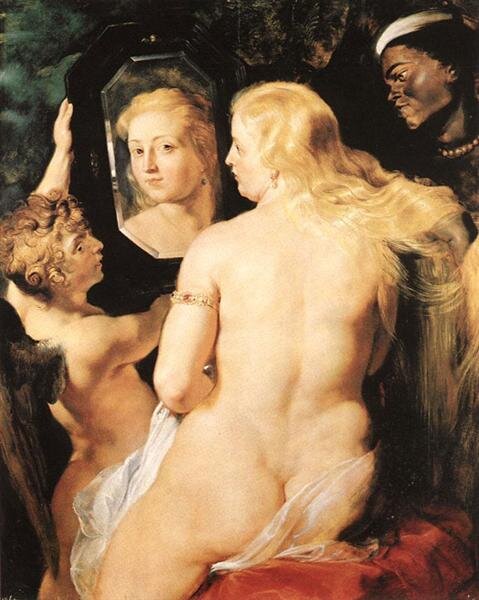
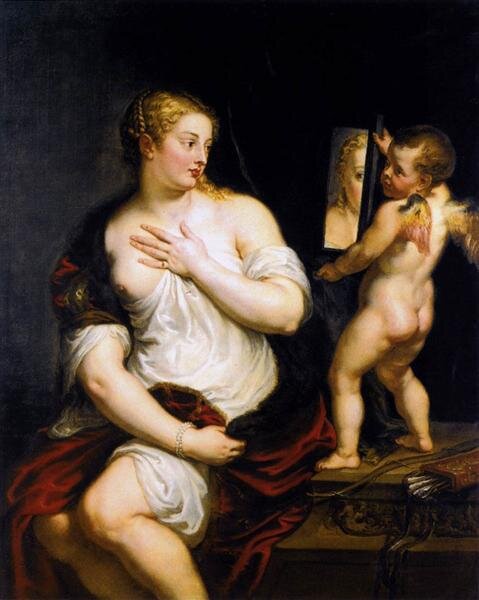
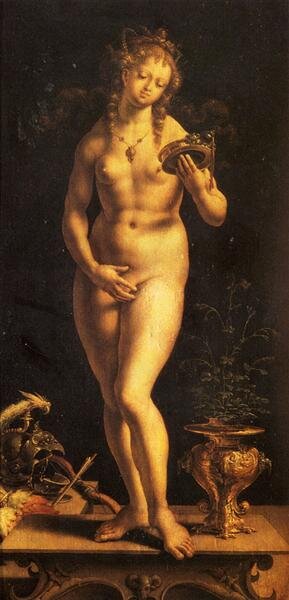
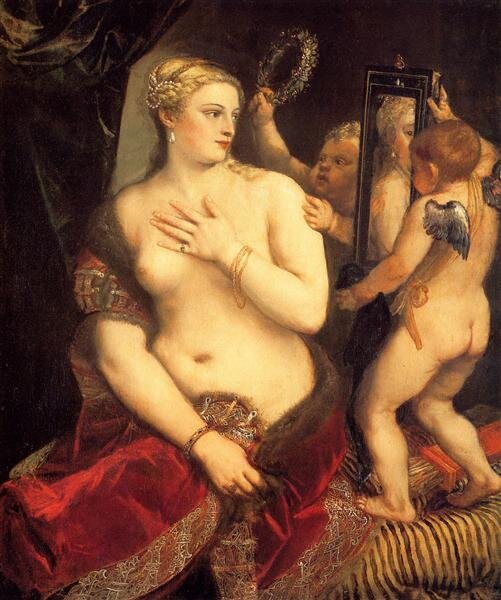
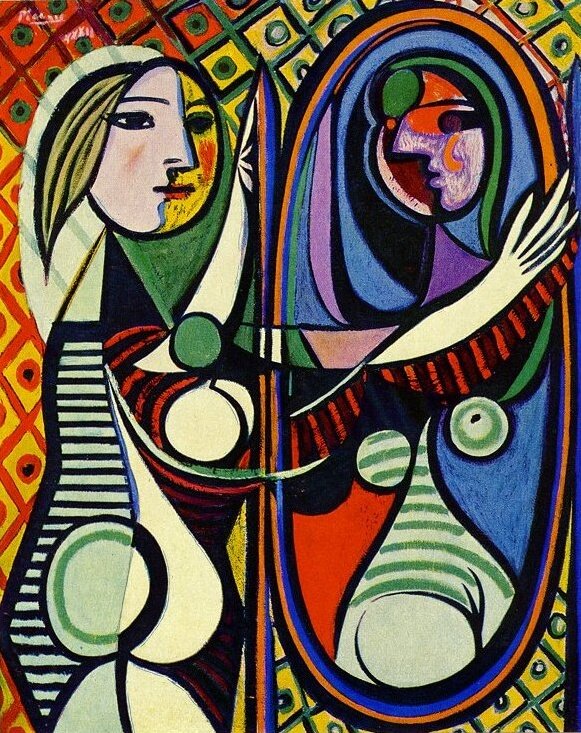
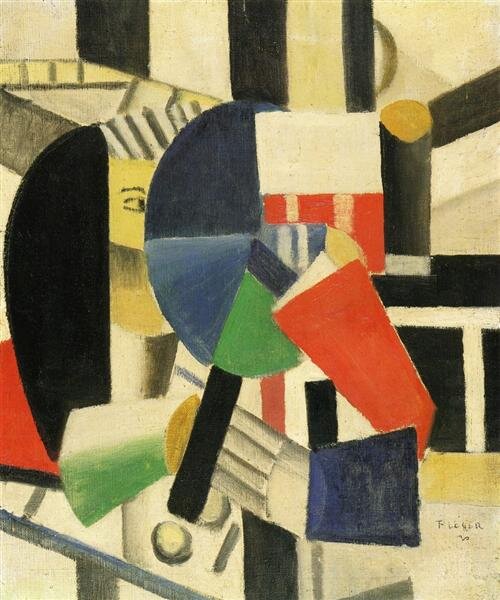
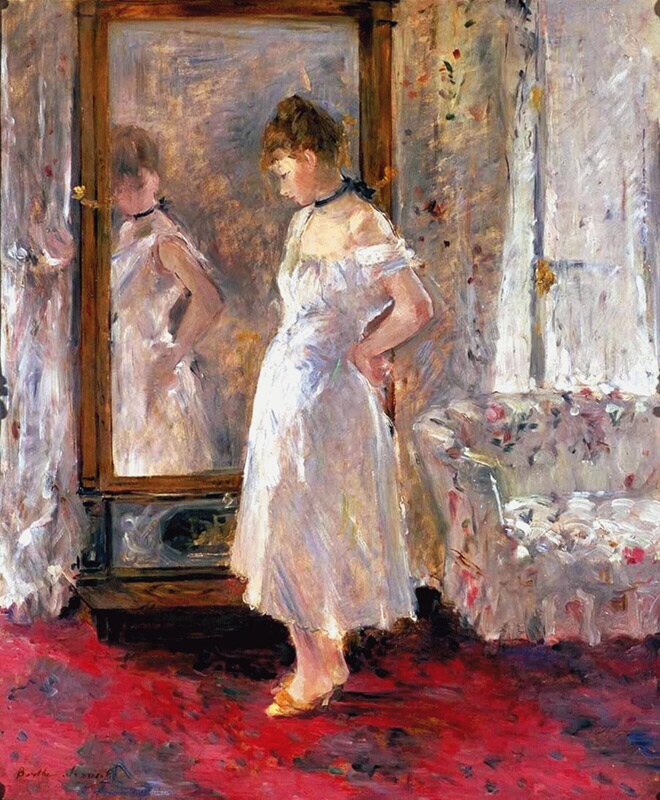
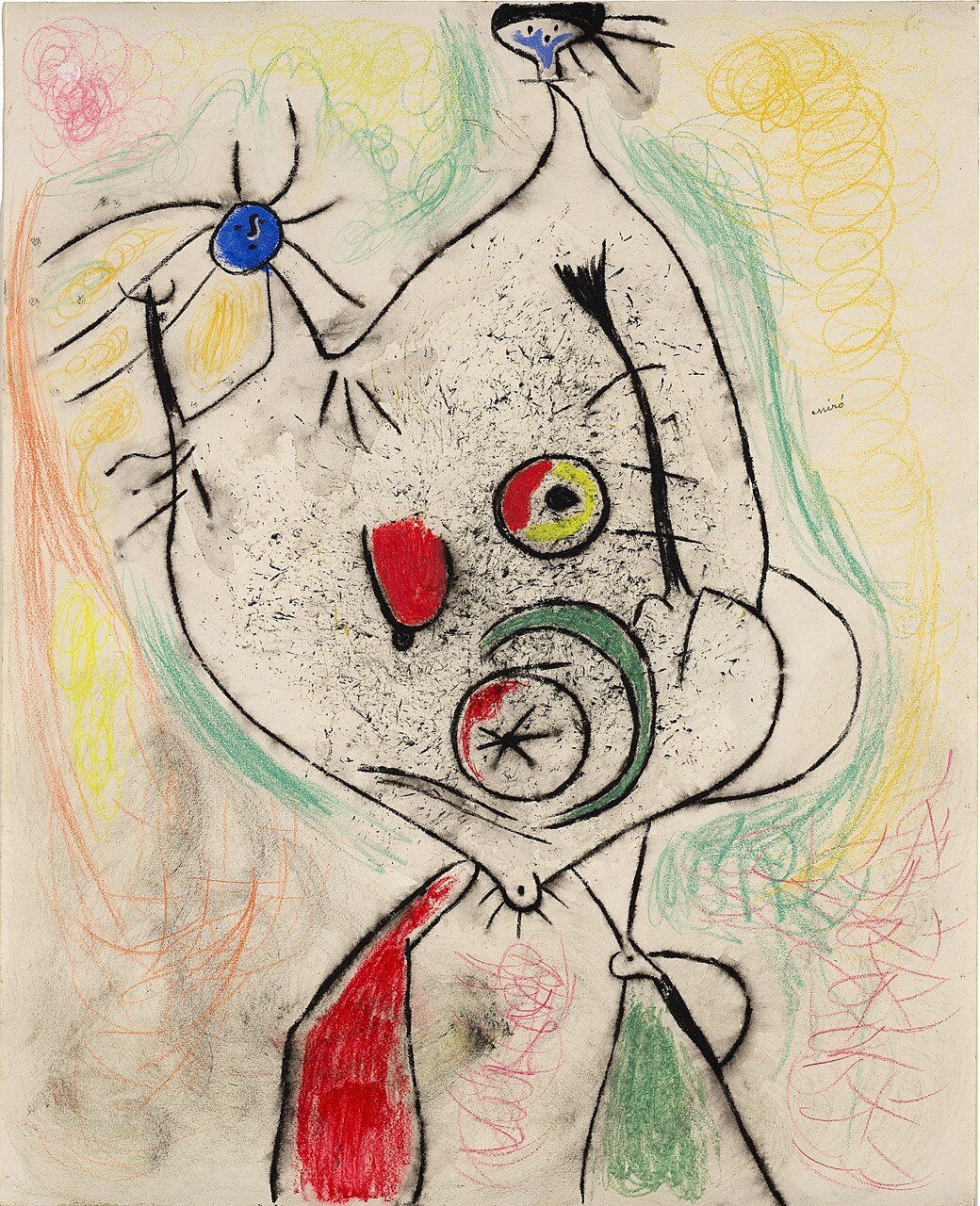
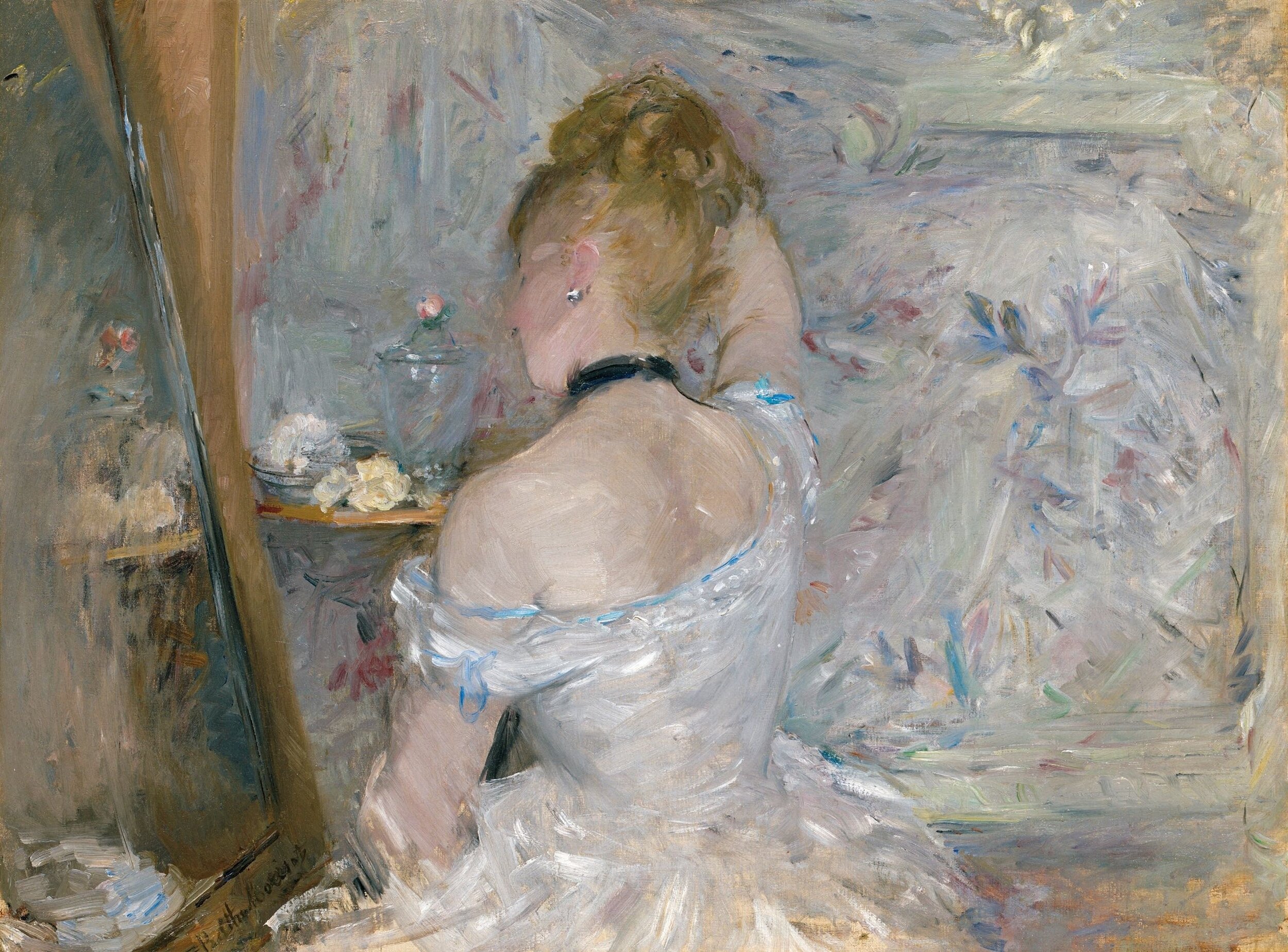
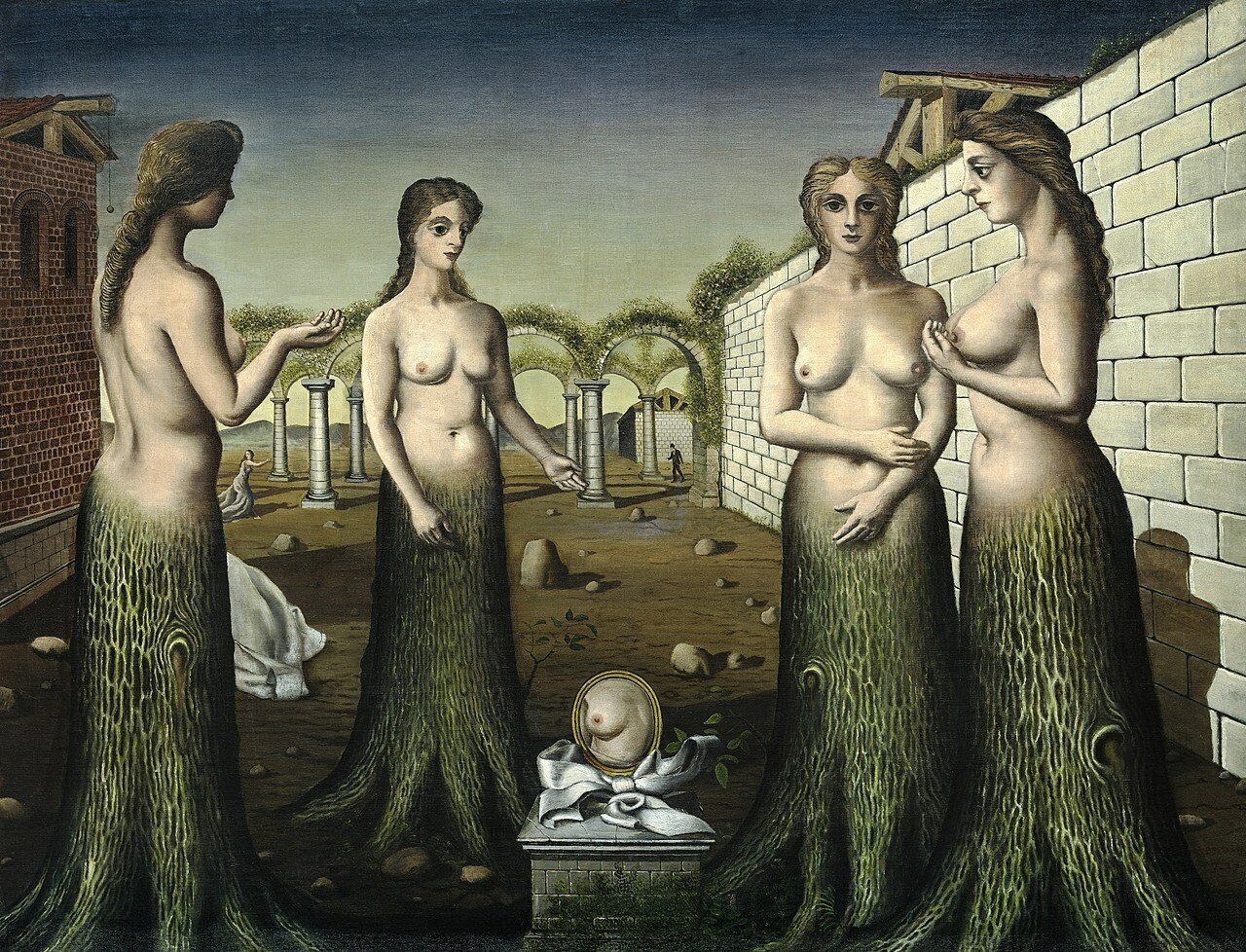

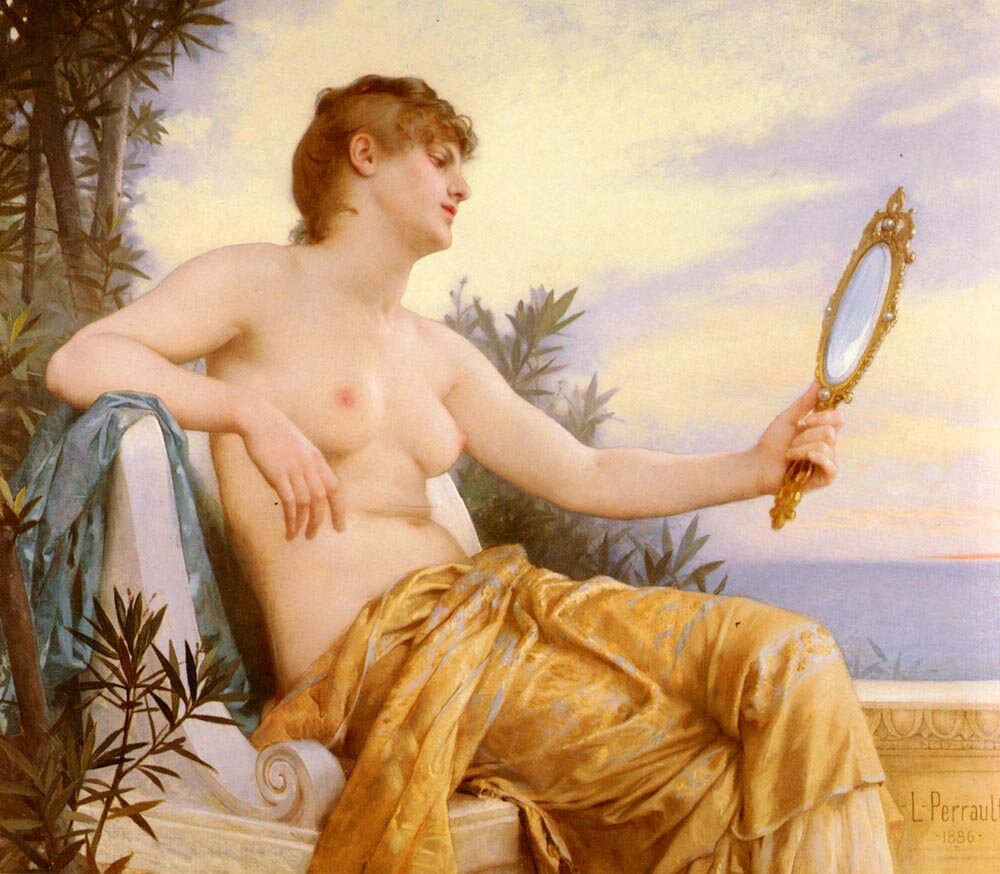
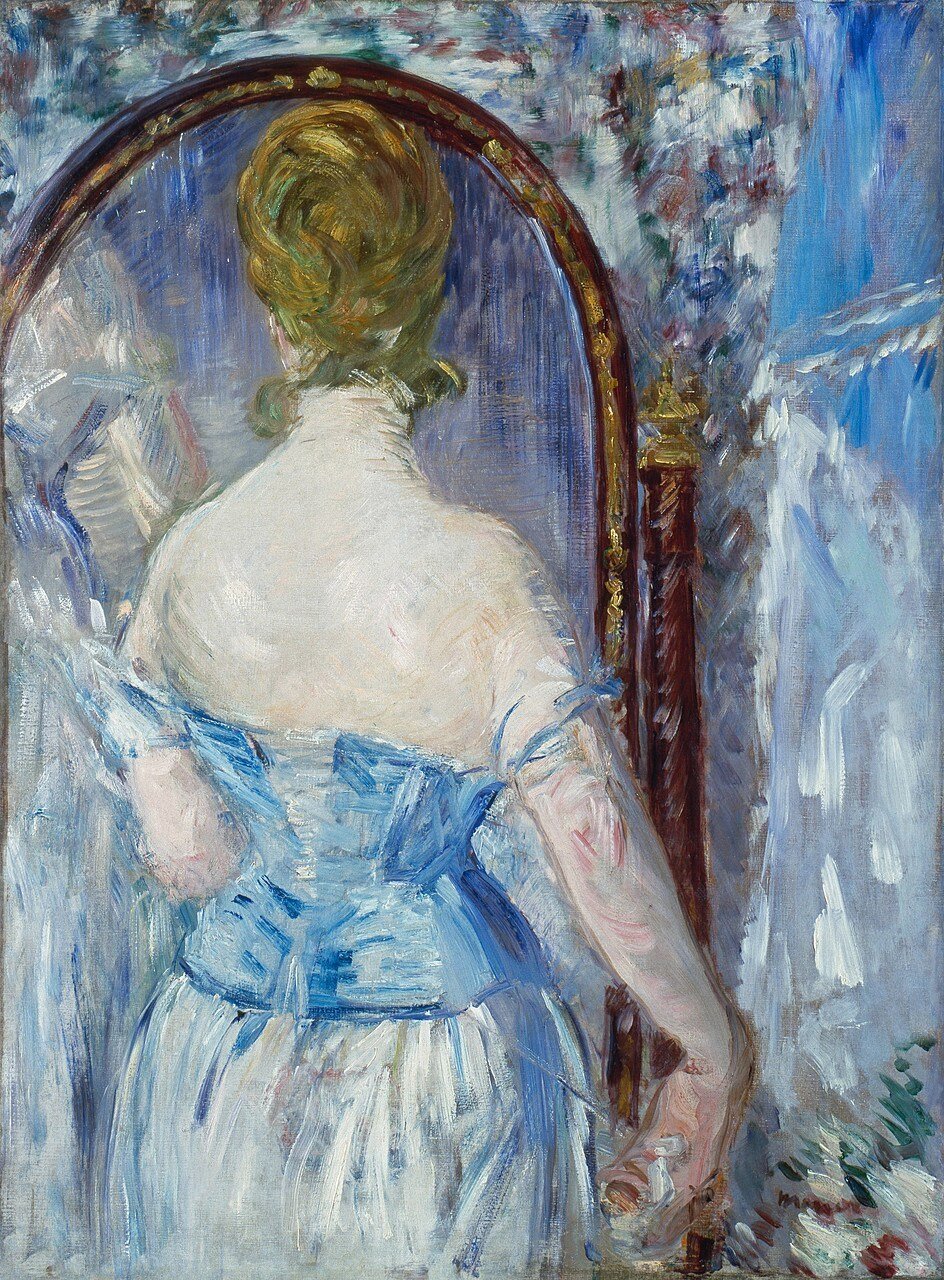
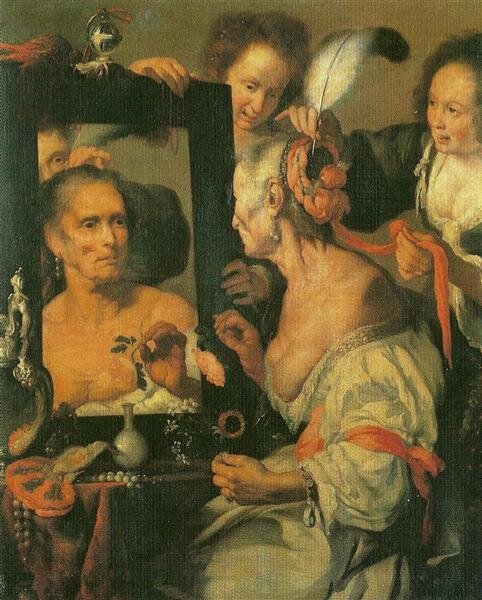
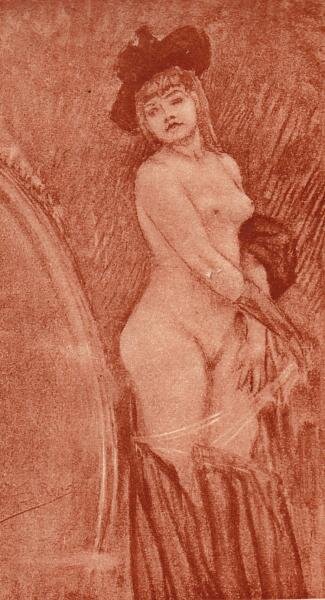
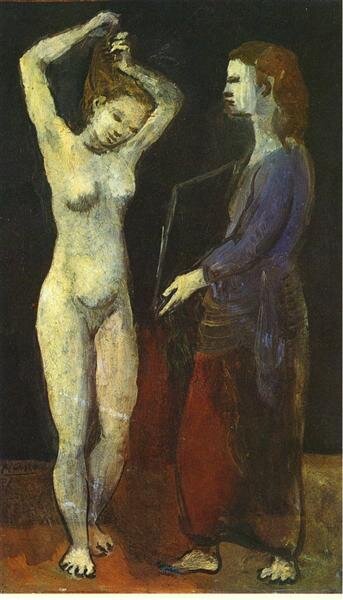
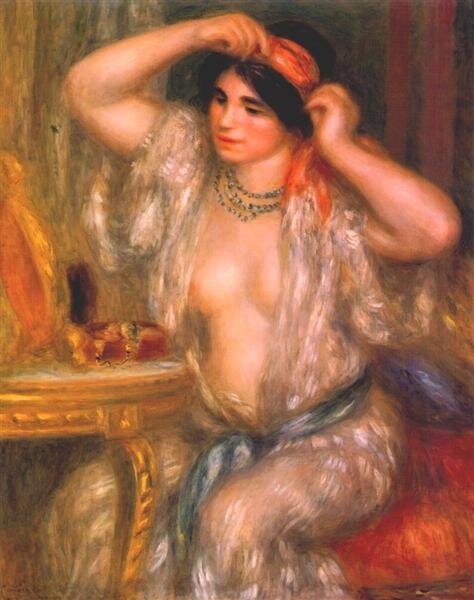
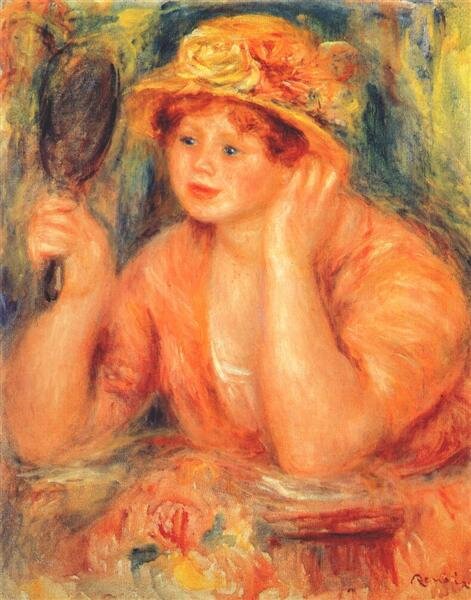
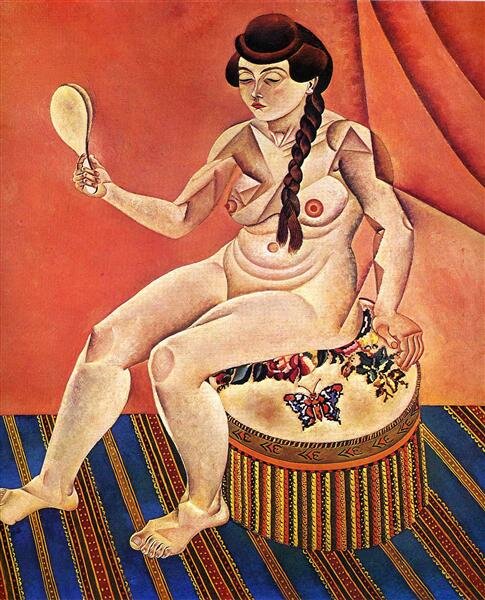
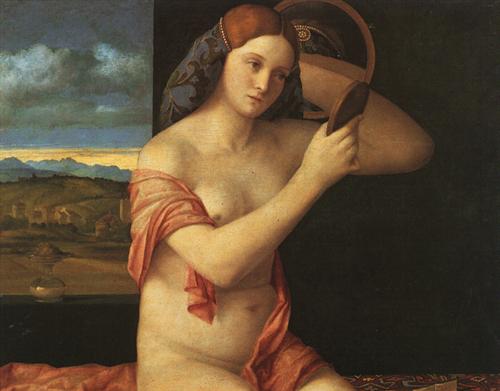
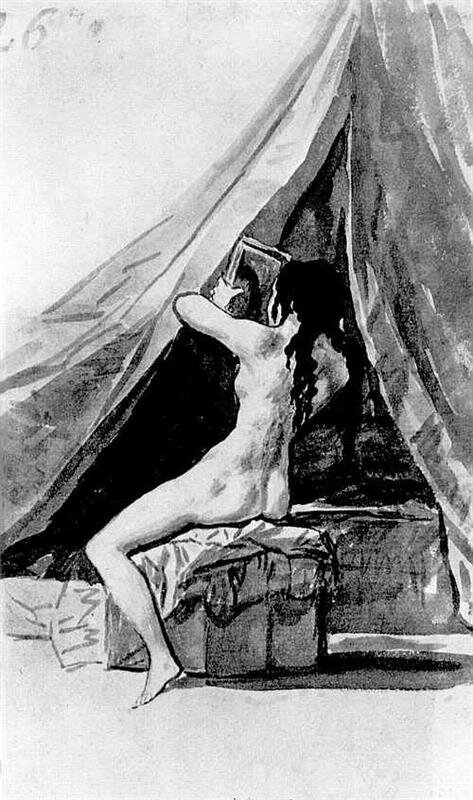
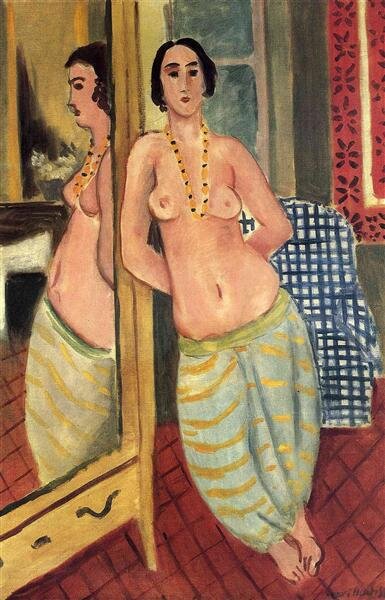
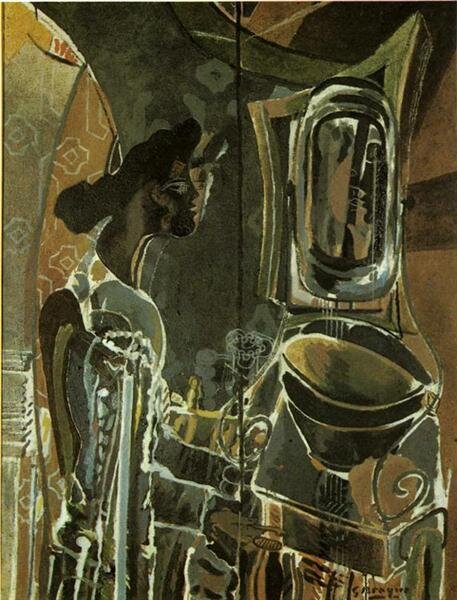
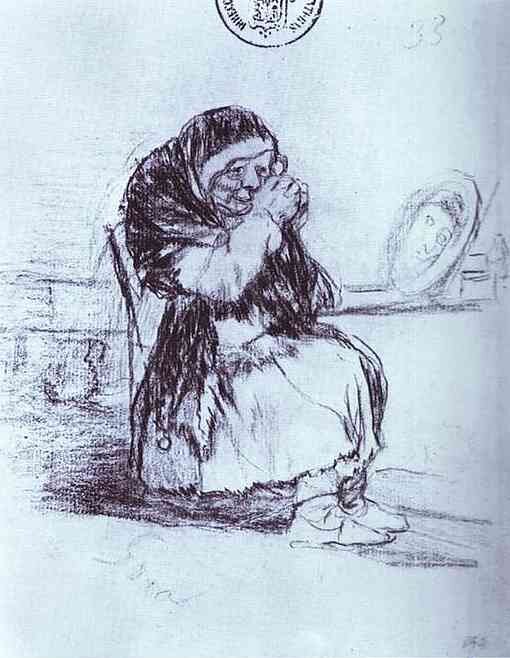
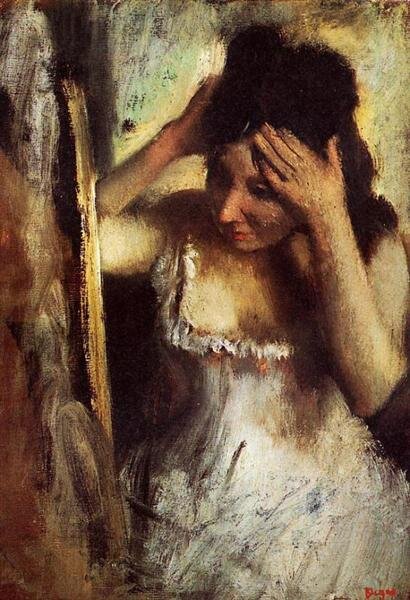
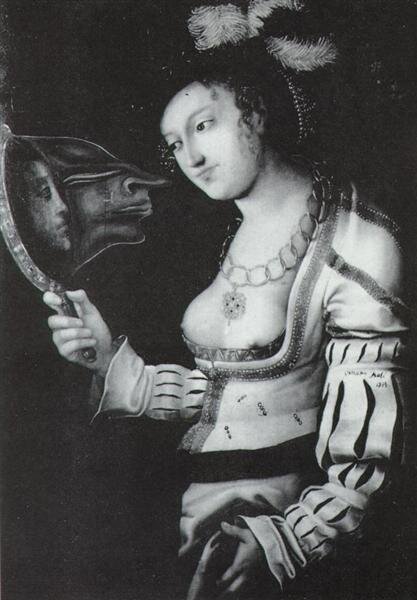
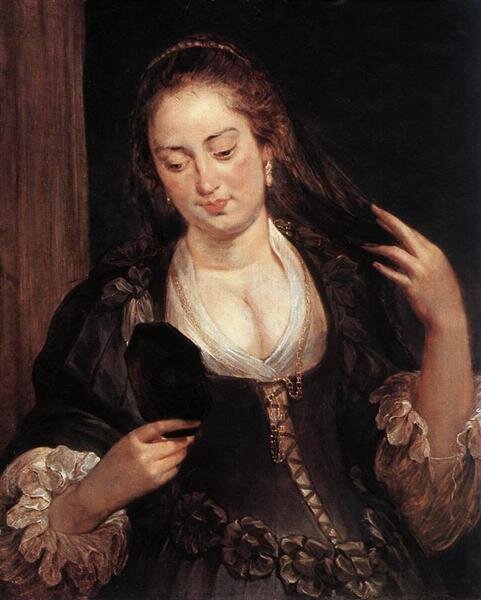
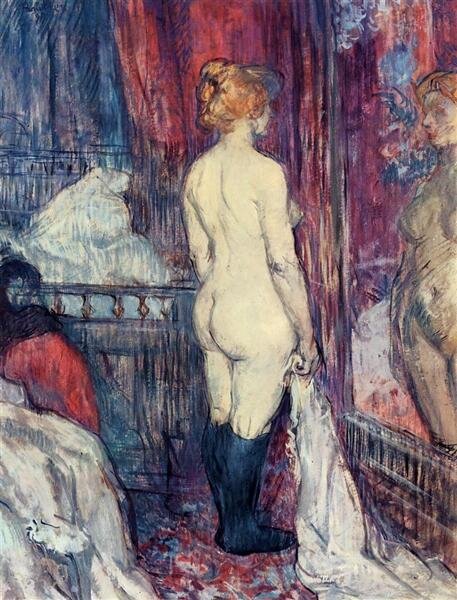
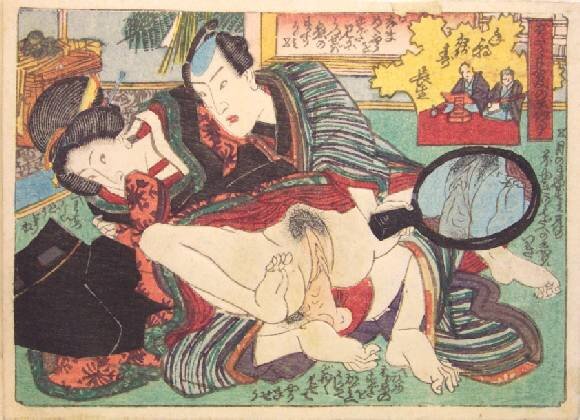
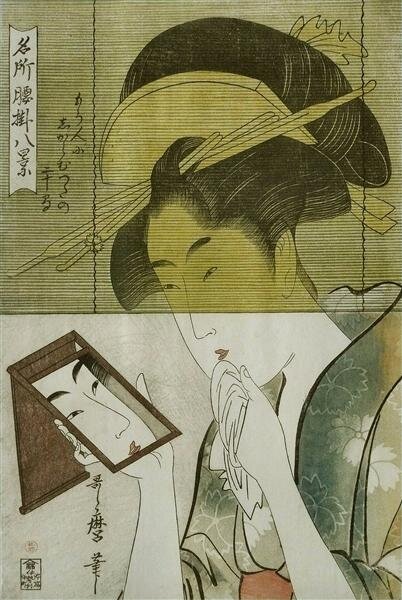
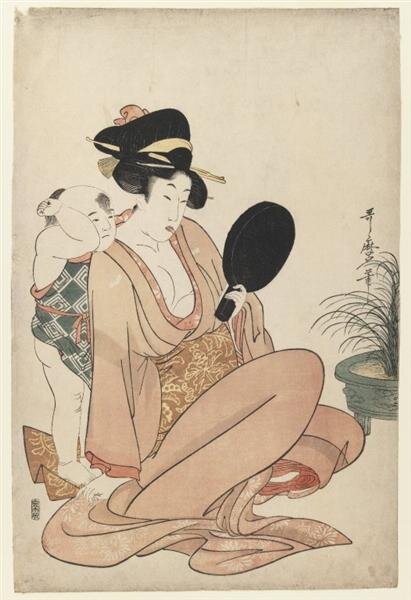

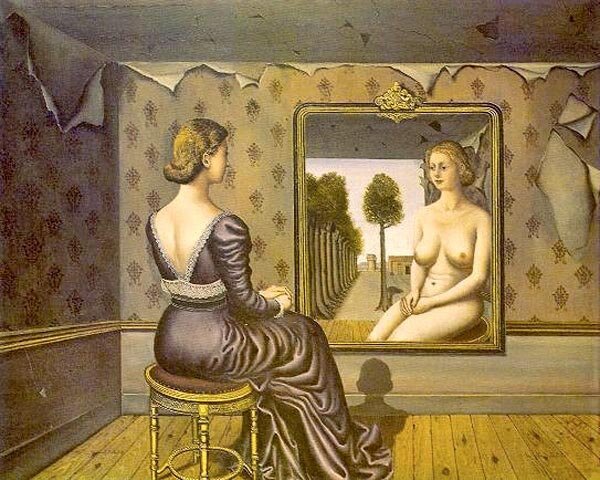
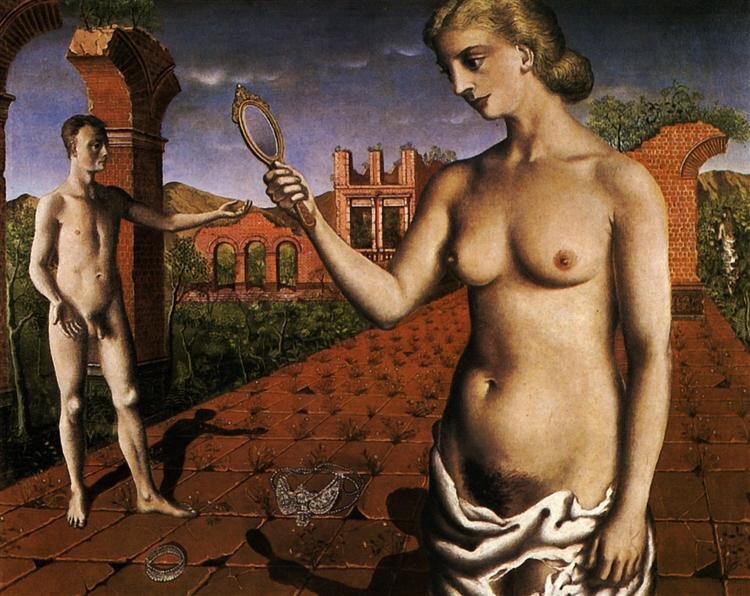
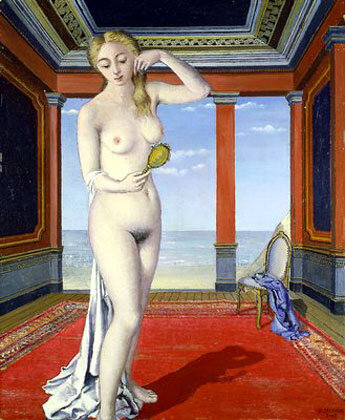
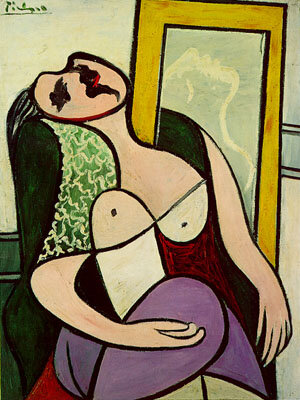

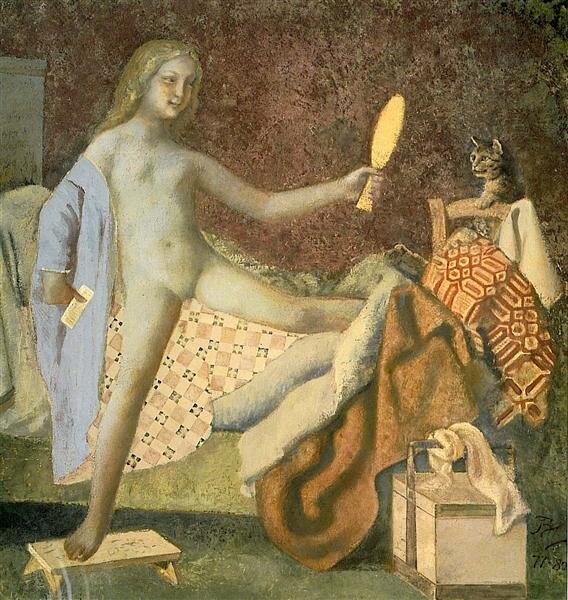
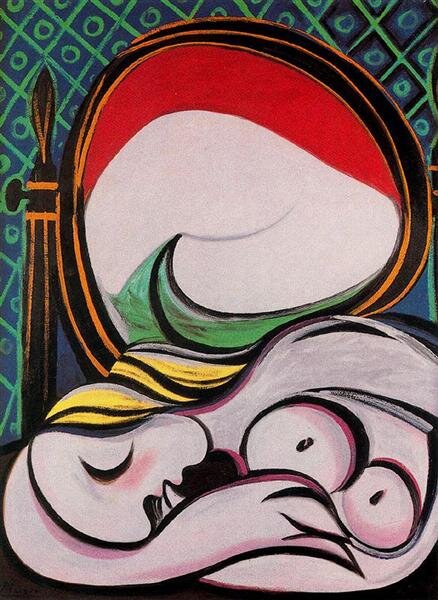
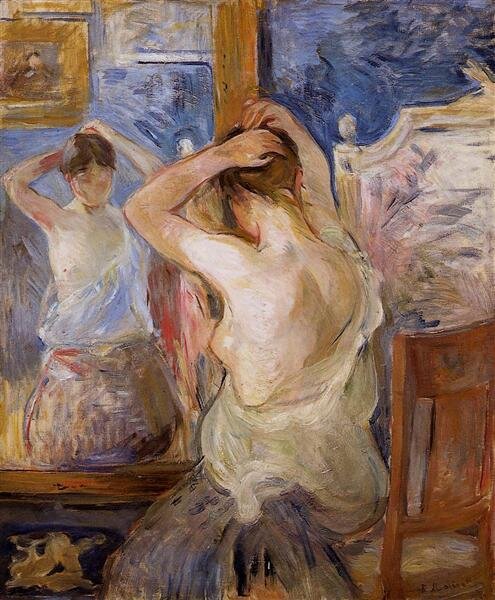
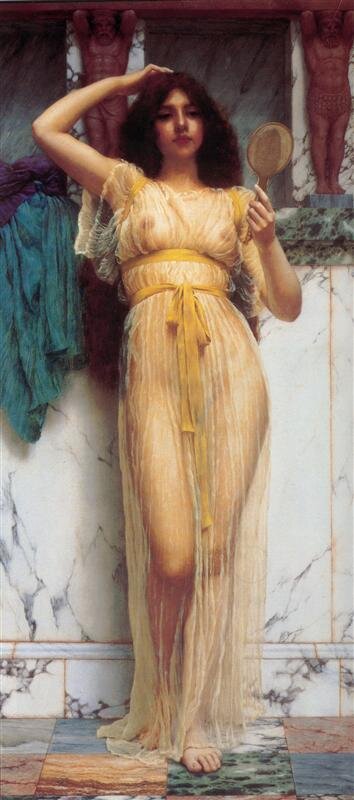
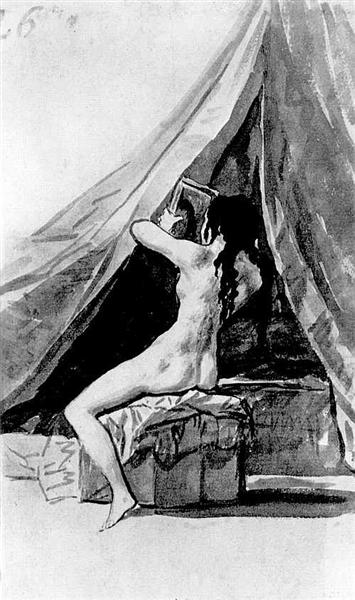
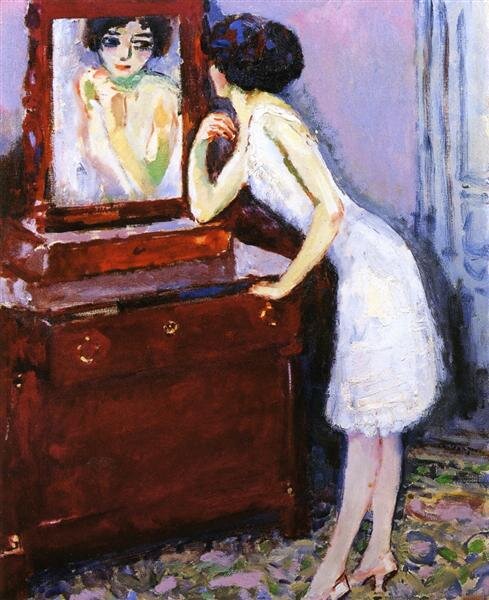
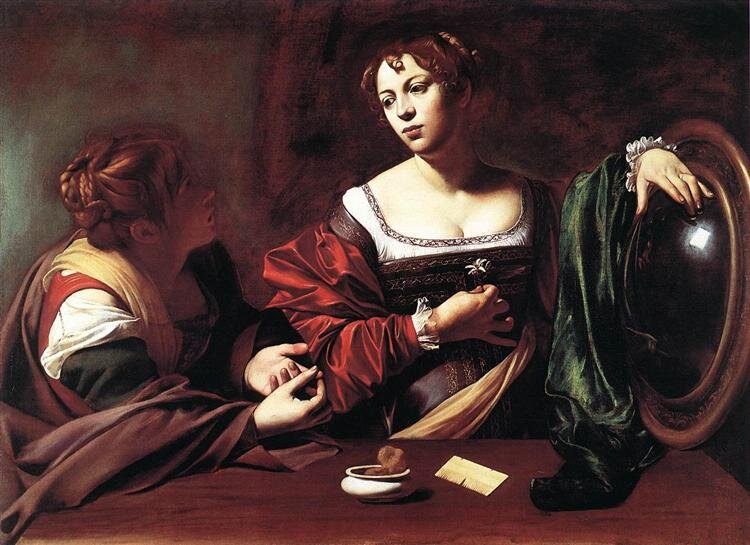
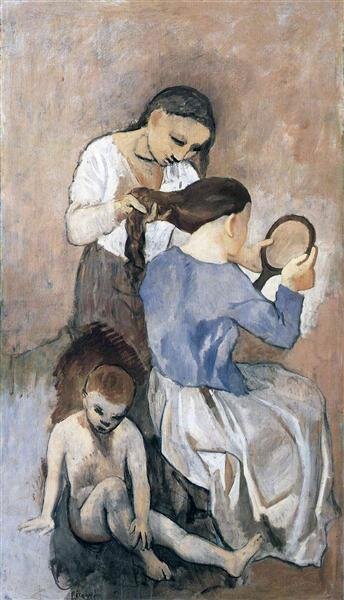
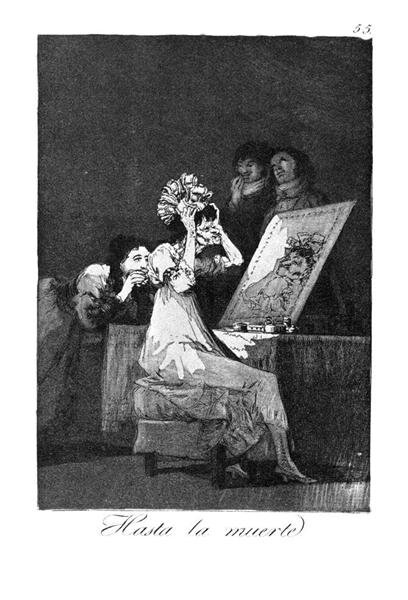
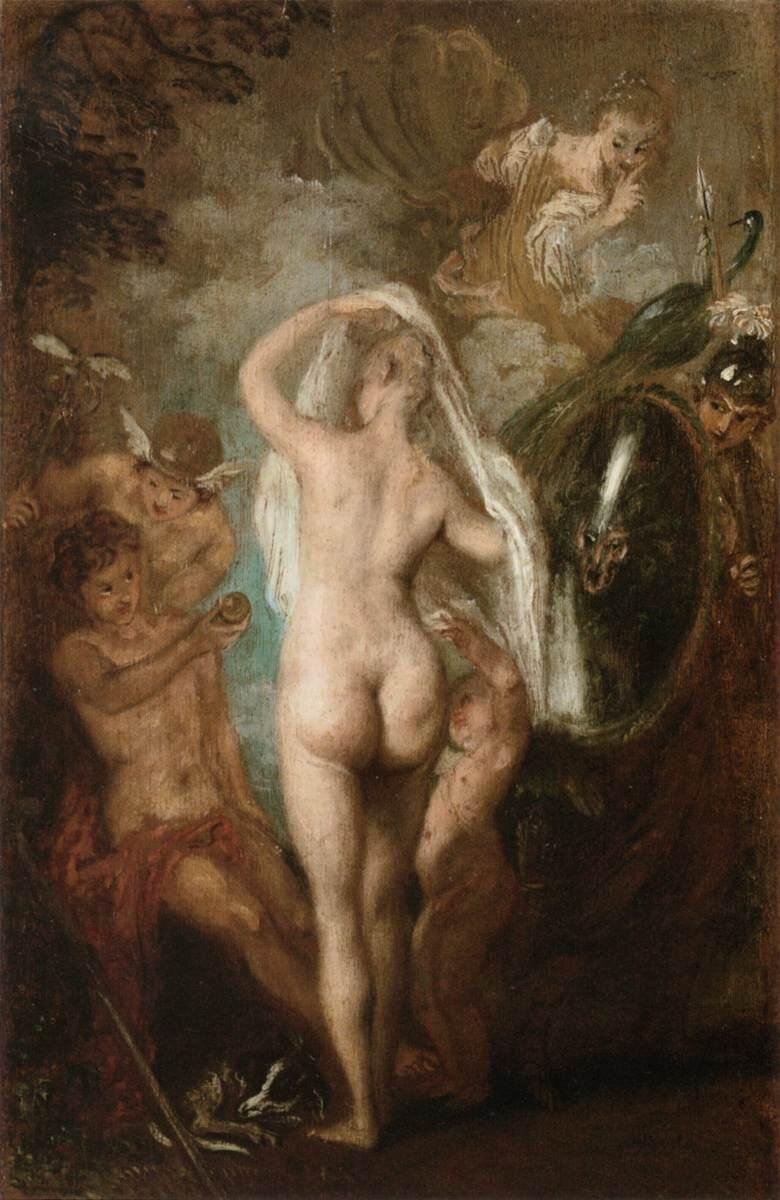
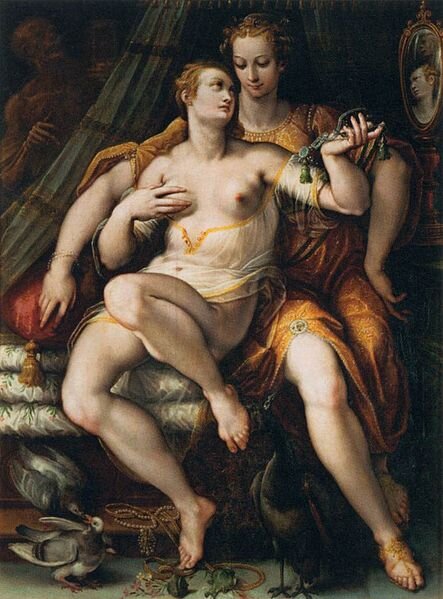
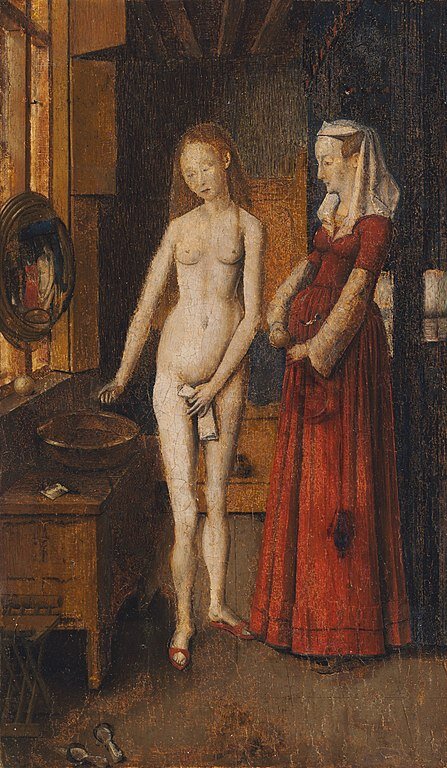
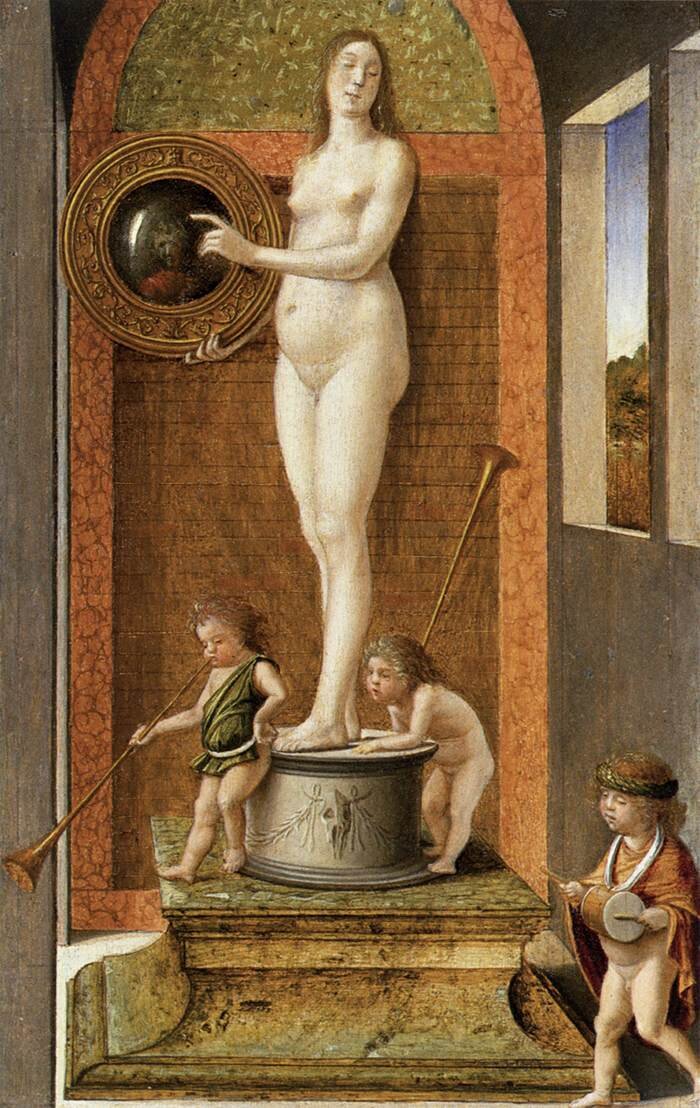
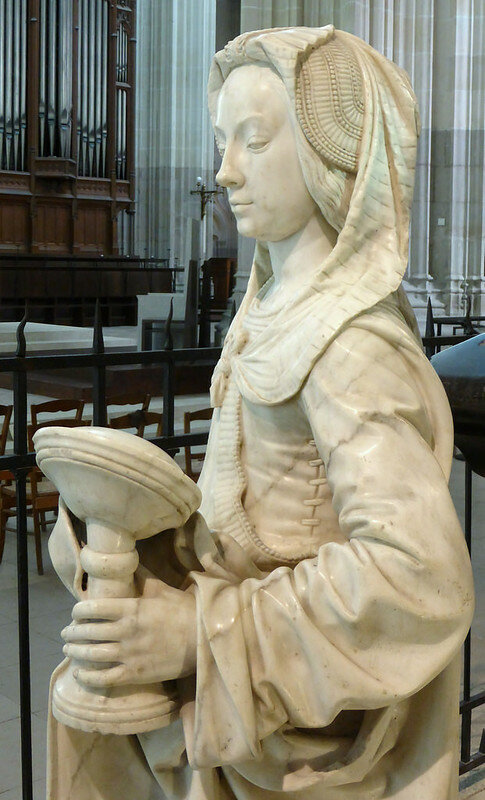
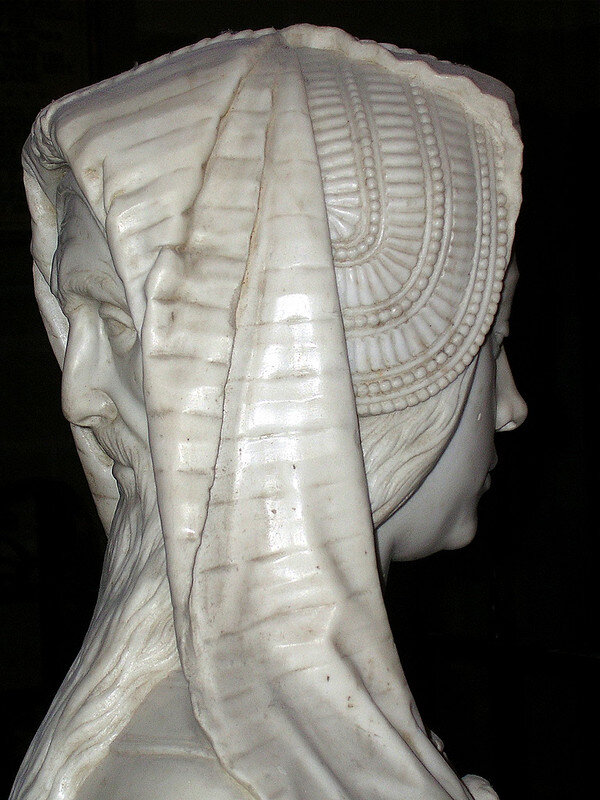

Joan Miró, 1938, Solomon R. Guggenheim Museum, New York Estate of Karl Nierendorf, By purchase

Paul Delvaux, 1937: The Solomon R. Guggenheim Foundation, Peggy Guggenheim Collection, Venice, 1976
Like his compatriot René Magritte, Paul Delvaux applied a fastidious, detailed technique to scenes deriving their impact from unsettling incongruities of subject. Influenced by Giorgio de Chirico, he frequently included classicizing details and used perspectival distortion to create rapid, plunging movement from foreground to deep background. Unique to Delvaux is the silent, introspective cast of figures he developed during the mid-1930s. His formidable, buxom, nude or seminude women pose immobile with unfocused gazes, their arms frozen in rhetorical gestures, dominating a world through which men, preoccupied and timid, unobtrusively make their way.
Although the fusion of woman and tree in the present picture invites comparison with Greek mythological subjects, the artist has insisted that no such references were intended. The motif of the mirror appears in 1936 in works such as Woman in a Grotto (Collection Thyssen-Bornemisza, Lugano) and The Mirror (formerly Collection Roland Penrose, London; destroyed during World War II). In The Break of Day a new element is introduced; the reflected figure is not present within the scene, but exists outside the canvas field. She is, therefore, in some sense, the viewer, even if that viewer should happen to be male. The irony of the circumstance in which a clothed male viewer could see himself reflected as a nude female torso would have particularly appealed to Marcel Duchamp, who appropriated the detail of the mirror in his collage of 1942 In the Manner of Delvaux (Collection Vera and Arturo Schwarz, Milan).

Édouard Manet, 1876, Solomon R. Guggenheim Museum, New York, Thannhauser Collection, Gift, Justin K. Thannhauser, 1978

Francisco Goya
1828
Museo del Prado, Madrid, Spain

Edgar Degas
c.1877
Norton Simon Museum, Pasadena, CA, US

Kitagawa Utamaro
1794-1805
Brooklyn Museum, New York City, NY, US

Netherlandish, presumed copy After Jan van Eyck (circa 1390 –1441): Fogg Museum of Art

Bellini, Oil on Wood, 1504, Galleria dell Accademia, Venice
(image: Wikipedia)

detail from the Tomb of Francis II, Duke of Brittany and his wives, Cathedral of Sts. Peter and Paul, Nantes, France

detail of head of Prudence, from the Tomb of Francis II, Duke of Brittany and his wives, Cathedral of Sts. Peter and Paul, Nantes, France